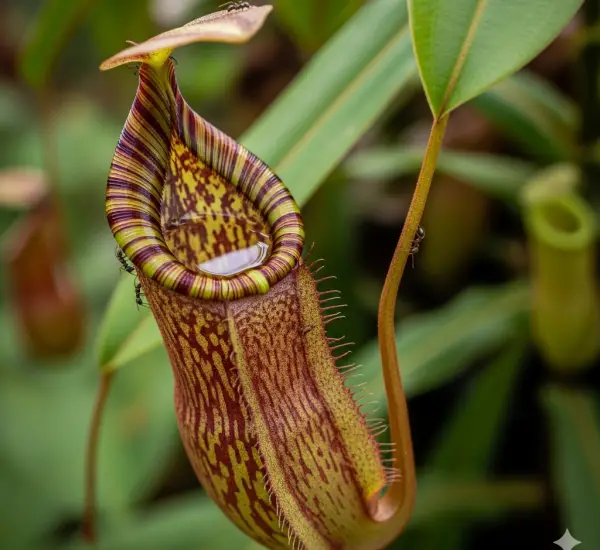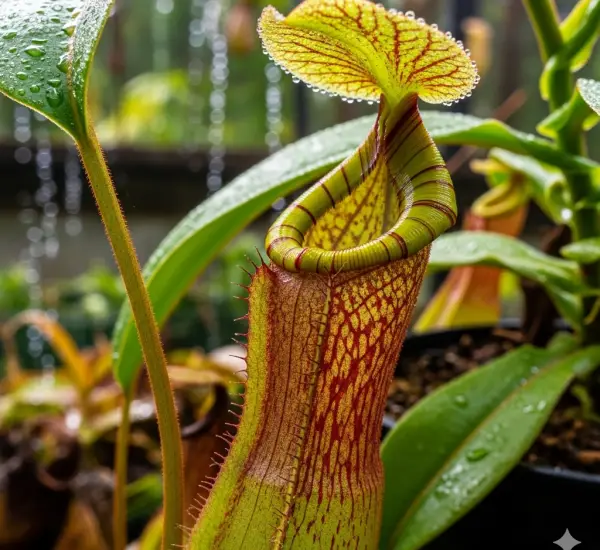Lemon trees are prized for their fragrant blossoms and juicy, tangy fruits. But what happens when your lemon tree grows lush foliage year after year, yet refuses to produce a single flower? A non-blooming lemon tree can be frustrating, especially when you’ve put time and effort into its care. Fortunately, this issue is quite common—and usually fixable.
If your lemon tree isn’t blooming, several factors could be affecting its ability to produce flowers. Let’s explore the most common reasons and what you can do to encourage your lemon tree to burst into bloom.
1. Age Matters: Is Your Tree Mature Enough?
One of the most overlooked reasons a lemon tree isn’t flowering is simply its age. Young lemon trees, especially those grown from seed, can take 3 to 5 years or more to mature enough to bloom. If your tree is still in its early stages, patience is key.
What to do:
If you started your tree from seed, consider grafting it onto mature rootstock to speed up flowering. Otherwise, continue with proper care and wait for nature to take its course.
2. Too Much Nitrogen, Not Enough Phosphorus
Excess nitrogen encourages leafy growth at the expense of blooms. While nitrogen is essential for healthy leaves, a lack of phosphorus—the nutrient responsible for flower and fruit development—can delay or prevent blooming.
What to do:
Switch to a balanced or phosphorus-rich fertilizer. Look for one with an NPK ratio like 5-10-10 or 6-24-24. Avoid high-nitrogen lawn fertilizers near your tree. Apply fertilizer during the growing season—typically spring and summer.
3. Lack of Sunlight
Lemon trees love sunlight and need plenty of it to produce flowers. If your tree is in a shady area or indoors without adequate light, it may not bloom at all.
What to do:
Ensure your lemon tree gets at least 6–8 hours of direct sunlight daily. For potted trees indoors, move them to a bright window or supplement with a full-spectrum grow light.
4. Infrequent or Improper Pruning
While pruning is essential for shaping and managing size, over-pruning or poor timing can remove potential flowering wood and delay blooming. Lemon trees produce flowers on new growth, so it’s important to prune correctly.
What to do:
Prune your lemon tree lightly at the end of winter or early spring before new growth begins. Remove only dead, crossing, or overly crowded branches. Avoid heavy pruning during the growing season.
5. Watering Issues
Both overwatering and underwatering can cause stress that prevents flowering. Lemon trees prefer consistent moisture but dislike soggy roots.
What to do:
Water only when the top 1–2 inches of soil feel dry. Ensure good drainage, especially for potted trees. Avoid letting the roots sit in standing water, and never allow the soil to dry out completely.
6. Container-Bound Roots
For lemon trees grown in containers, root crowding can reduce nutrient uptake and overall vigor. A rootbound tree may struggle to bloom due to lack of space and restricted water absorption.
What to do:
Check if the roots are circling the pot or pushing out of the drainage holes. If so, repot into a larger container and refresh the potting mix. Consider root pruning if you’re limited on space.
7. Climate and Temperature Stress
Lemon trees are sensitive to cold temperatures and may fail to bloom if exposed to sudden drops or inconsistent climate conditions. Even indoor trees can suffer from temperature fluctuations.
What to do:
Keep your lemon tree in a stable, warm environment, ideally between 65°F and 85°F (18–29°C). Protect outdoor trees from frost and cold winds. If growing indoors, avoid placing the tree near drafts, radiators, or air conditioners.
8. Dormancy and Seasonal Timing
Lemon trees typically bloom in cycles—often once or twice a year depending on variety and growing conditions. If your tree isn’t blooming, it might simply be out of season or in a dormant phase.
What to do:
Track the timing of past blooms and observe leaf and bud development. With the right care, most lemon trees will reward your patience with flowers in the next active growing season.
9. Stressing the Tree (In a Good Way)
In some cases, applying mild stress can encourage blooming. When a tree feels slightly “threatened,” it may produce flowers and fruit as a survival response.
What to do:
Try withholding water for a short period or reducing fertilizer to lightly stress the tree. Resume normal care once you see signs of bud formation.
Final Thoughts
A lemon tree that refuses to bloom is sending you a signal—it just needs the right balance of light, nutrients, water, and care. By identifying the root cause and adjusting your care routine, you can coax your lemon tree into blossoming and eventually producing fruit.
Be patient, stay observant, and keep tending to your tree with care. With time and the right approach, those long-awaited lemon blossoms—and delicious homegrown fruit—will arrive.



